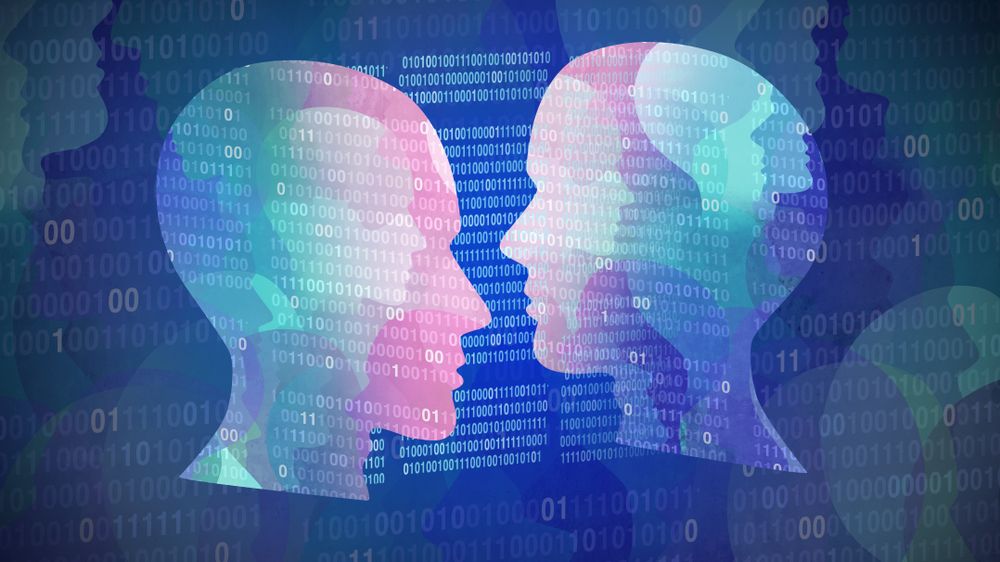Can You Spot a Deepfake? A Shocking Study Reveals Startling Results!
Deepfake Technology: A Growing Concern
In today's digital age, deepfake technology has emerged as a significant threat to information integrity. Despite its potential entertainment value, the misuse of artificial intelligence to create falsified content—whether in videos, audio, or images—has sparked debates surrounding public awareness and digital literacy.

Dissecting the iProov Study
The pioneering study conducted by iProov, a leading firm in biometric authentication, revealed startling insights. Among 2000 participants, only two individuals demonstrated the ability to flawlessly identify deepfake media. This startling statistic suggests a need for increased public education on the intricacies of AI-generated content.
"The implications of such ignorance are profound, impacting everything from personal privacy to national security," commented a renowned tech expert.
Older Adults: The Struggle with Deepfakes
- Elderly participants were most susceptible to deepfakes, largely due to unfamiliarity with digital manipulations.
- Lack of exposure to evolving technologies was a significant factor in their vulnerability.
- Programs aimed at improving digital literacy in older age groups are crucial.
Overconfidence Among the Younger Generation
An intriguing aspect of the study was the widespread overconfidence among younger participants. Many believed their heightened affinity for technology would shield them from deception. However, the study's results contradicted this belief, as numerous individuals were unable to correctly discern deepfakes.
For those intrigued by the impact of AI, consider delving into professional articles available on LinkedIn and technology-related forums for deeper insights.
Social Media: The Epicenter of Deepfake Dissemination
Experts caution that social media platforms are rife with deepfake content, often shared without verification. The normalization of manipulated media on these platforms exacerbates the challenge, contributing to the blurring of reality and fiction. Consider viewing videos on YouTube to understand this phenomenon better.
Practical Steps for Enhancing AI Literacy
To bridge the gap in AI literacy, educational initiatives must prioritize:
- Integrating AI and digital media literacy into school curriculums.
- Hosting public workshops that demystify deepfake detection methods.
- Encouraging skepticism and critical thinking when engaging with digital content.
For additional resources, explore books on digital literacy available on Amazon, which provide extensive insights into navigating the evolving digital landscape.
